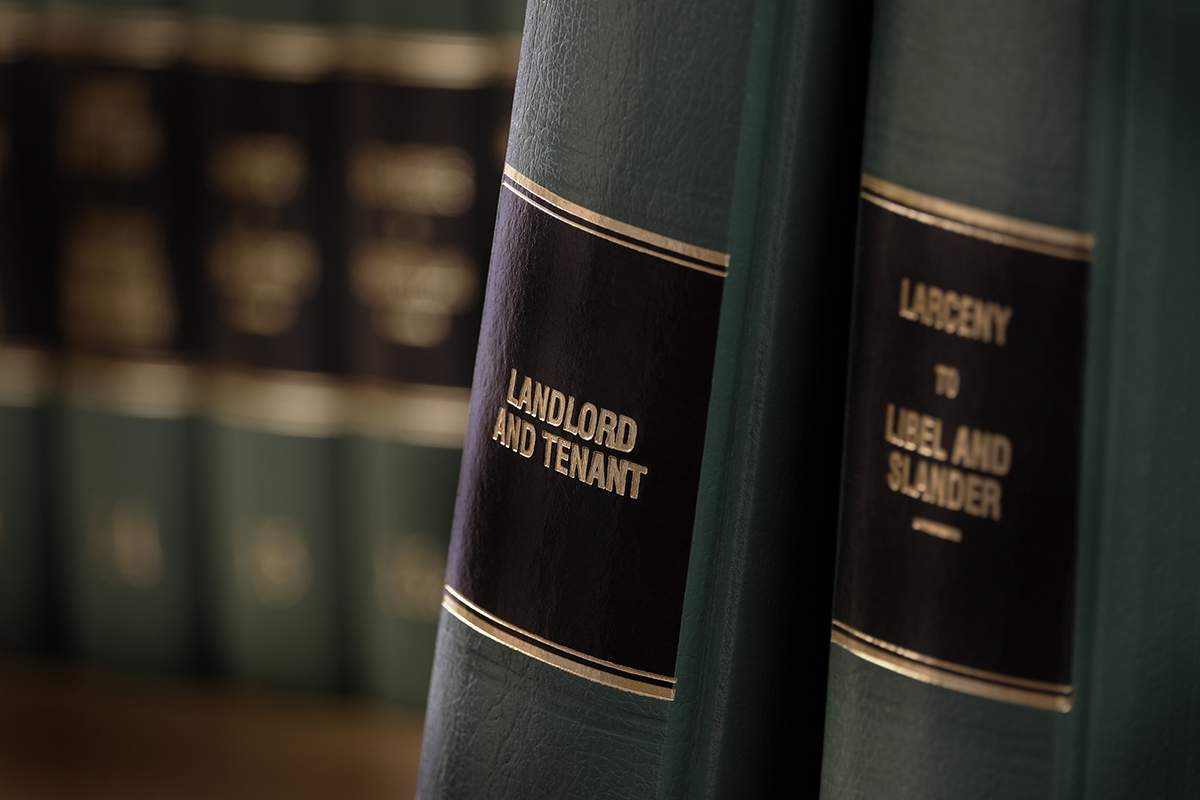Rise in older tenants in rented accomodation
New data has revealed a 110% increase in private renters over the age of fifty-five. The rise in older tenants privately renting properties can be seen as good news for landlords and property professionals, as older tenants renting properties tends to bring more secure payments with longer tenancies and stability.
The data not only shows the rise in older tenants in privately rented but also shows a 115% increase in those who have lived in a privately rented home for more than ten years. Stable tenancies are sought after by tenants and landlords alike.
Tenants by age group
Tenancy increases and decreases vary widely by age group. While there is a rise in older tenants renting privately, the number of private rentals by younger tenants has declined. There is a 3.7% drop in rentals for those in the 16-24 age bracket, with more young people choosing to live at home for longer than they did in the past.
Those in the 25-34 years age bracket increased their presence in the private rental sector to 6%, while this is also likely to correlate with the unaffordability of home ownership for the millennial generation.
The rise in older tenants renting properties is very prominent in the over 65 age group, with an increase of 38% in the last ten years. Those between 45 and 65 rose by 50%.
In real terms the number of older people (aged over 35) in private rental accommodation is now at 2.5million, compared to 1.9million for the age brackets below.
What the government says
The government has revealed that the private sector has doubled in the last 10 years. It now accounts for 4.4million households, which equates to over 11 million people. This is 19% of all households, with 17% in social housing and 65% owner occupier.
The most common age of renters are still those in the 25-34 year old age bracket. Those of retirement age account for 8.6%, while this may seem like a small percentage this is an increase of 38% over the last 10 years, showing a shift.
The figures do also show that private renters spend a far higher proportion of their income on housing costs, compared to owner-occupiers and social renters. A large proportion of those in private rentals are working but many receive housing benefit top ups.
The increase of older people in private rentals may push up the average tenancy length, at the moment the average renter lives in their home for 4.9 years but this is increasing.
What does this mean for the rental sector?
More secure tenancies are something that older and younger renters have been hoping for, but it also benefits landlords massively. The fees associated with new tenants are often high and the void periods can be damaging for landlords. Having older renters who are less likely to leave can be a huge positive for the property industry.
Older tenants are more likely to ensure secure, regular and on time rental payments which is also a huge benefit to letting agents and landlords. They are also statistically less likely to leave your property damaged.
What sort of tenants your property receives depends on the type of property you rent out. Older tenants are more likely to require more space for their family to visit, whereas young professionals are more likely to rent newer apartments in city centre locations.


